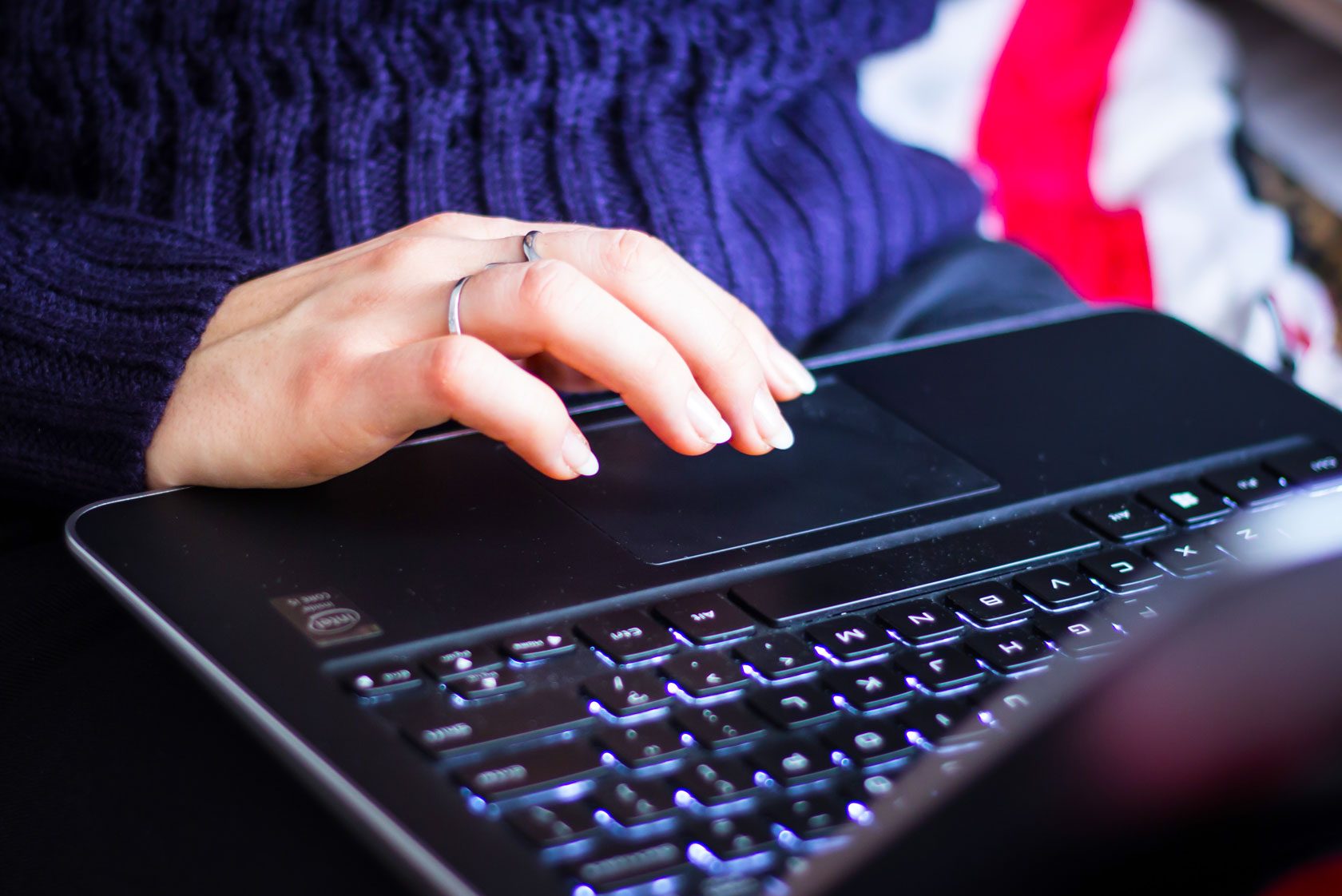
Open Science and the Long-Tail of Scientists Work: Let’s Bridge the Gap
Despite a lot of investments in Open Science, it still is not part of most researchers’ routines. Dr. Antica Culina, an evolutionary biologist, explains that one essential cause of this is the still tremendous knowledge gap between the large number of scientists working in the long-tail of science and the e-infrastructures landscape. In her guest blogpost she also proposes possibilities to bridge this gap in order to foster Open Science.
 There are many gaps to be bridged in our complex world, but I will talk about the one between Open Science on the one hand and Ecology as well as Evolution on the other hand. How big our leap needs to be? I don’t know, but what I know is that it is going to be easier if both sides reach out to help!
There are many gaps to be bridged in our complex world, but I will talk about the one between Open Science on the one hand and Ecology as well as Evolution on the other hand. How big our leap needs to be? I don’t know, but what I know is that it is going to be easier if both sides reach out to help!
The growth of the Open Science
The Open Science movement is growing across scientific disciplines. A substantial intellectual and financial effort is put into the development of e-infrastructures, tools, and practices to enable Open Science to successfully become the mainstream. For example, the European Commission is investing 890 M€ in the e-infrastructure program as a part of the Horizon2020.
Long-tail lags behind
To shape the services offered to researchers, Open Science infrastructures have based service development on well-defined and homogeneous user communities. Yet, a large portion of scientist work is done in the long-tail of science (individuals and small teams collect data for specific projects). While the need to increase the participation of the long-tail science in the e-infrastructure landscape has been recognised, there is still a tremendous knowledge gap between the two worlds. The only way for the Open Science to make a next big step, is to bridge this gap.
I have noticed a gap
I am evolutionary biologist, and have only relatively recently started to explore the complex landscape of the existing (and developing) initiatives in Open Science. I have attended various ecological and evolutionary conferences over the past ten years, and I am yet to see any of the representatives of the main European e-infrastructures at these conferences. Similarly, over the past couple of years I have attended several conferences on the developments in e-infrastructures and I am consistently surprised at the absolute lack of other long-tail scientist among participants.
How to bridge the gap?
I feel that there is a need for better communication between the technical side of Open Science, and researchers’ side. Both of these are equally responsible for bringing the existing gap, as an important and crucial step to fully embrace the opportunities and overcome the many challenges faced by Open Science. We need more interdisciplinary events that would bring researchers (outside of a few case study communities) and developers together. We also need more representatives from both sides to attend each other’s events. Knowledge is the power, but this power can only be recognised if the knowledge is shared effectively. So, let’s make the interaction to happen.
View Comments

Blockchain: Could Libraries and Open Science Benefit from this Technology?
At least since Bitcoin began its rally, blockchain technology gained a lot of...



